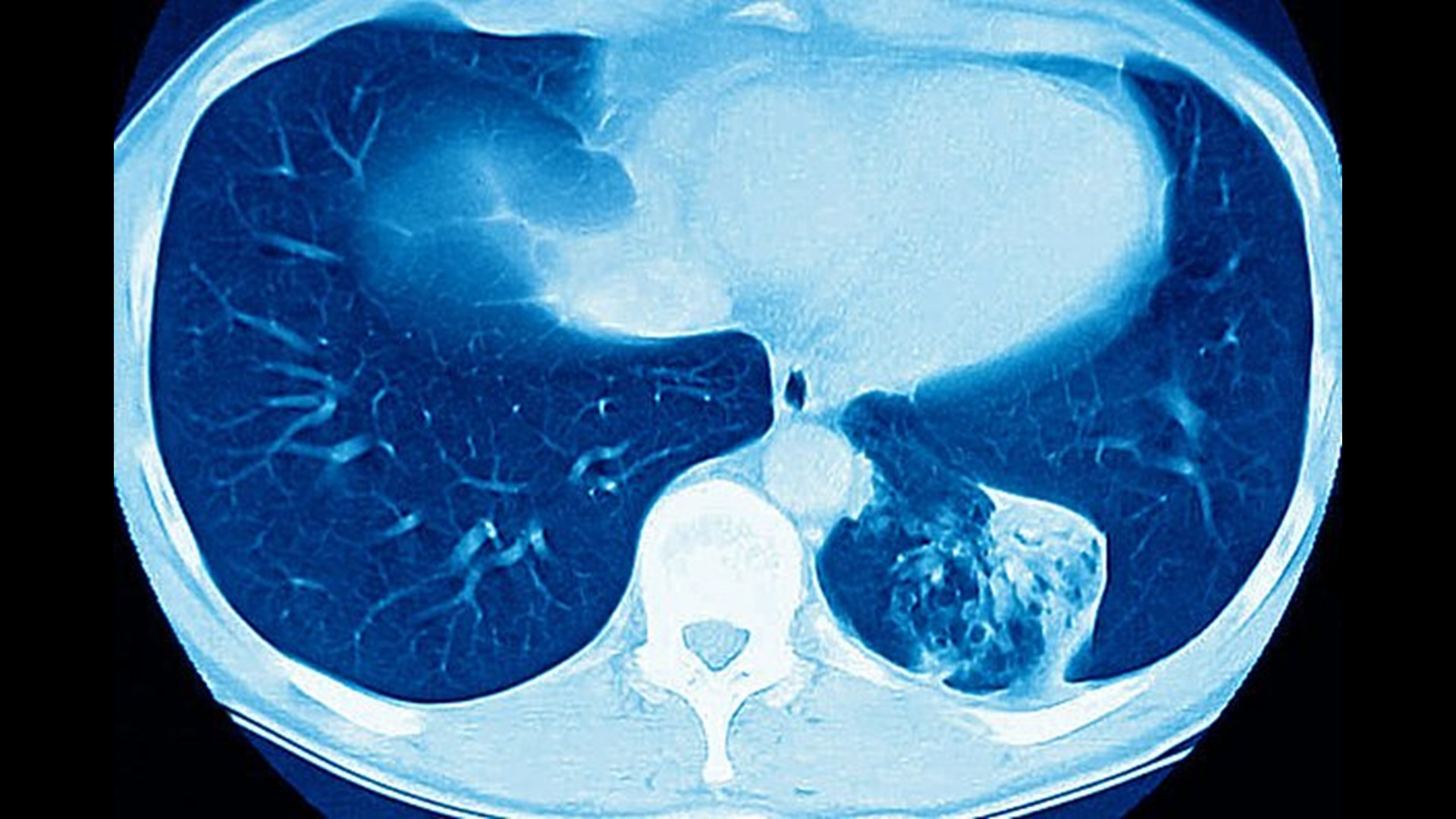HARRISBURG, Pa. — Note: The video is from Nov. 15, 2022.
High levels of radon gas -- the second leading cause of lung cancer -- are present in roughly 39 percent of Pennsylvania homes, according to the American Lung Association.
The findings are part of its recent report, the “State of Lung Cancer," the American Lung Association said.
During January for Radon Action Month, the American Lung Association in Pennsylvania is urging everyone to test their home for radon.
Radon is a naturally occurring radioactive gas emitted from the ground. Radon can enter a home through cracks in floors, basement walls, foundations and other openings.
Exposure to radon is the second leading cause of lung cancer in the United States and is the leading cause of lung cancer in people who have never smoked, according to the American Lung Association.
In Pennsylvania, about 39% of radon test results equal or exceed the Environmental Protection Agency (EPA) action level of 4 pCi/L, according to the Lung Association’s report.
“Radon is responsible for an estimated 21,000 lung cancer deaths every year and is the leading cause of lung cancer in people who have never smoked," said Kevin Stewart, director of Environmental Health for the Lung Association. "Since radon is odorless, tasteless and colorless, the only way to detect radon in your home is to test the air. This is why it is critical for everyone to test their home.
“Radon Action Month is the perfect time to learn more about this dangerous gas and take action to protect yourself and your loved ones.”
Do-it-yourself radon test kits are simple to use and inexpensive, the Lung Association said. The EPA urges anyone with radon levels at or above 4 picoCuries per liter (pCi/L) to take action to install a mitigation system in their homes.
Both the EPA and the American Lung Association recommend that mitigation be considered if levels are greater than 2 pCi/L. After high levels are detected, a radon mitigation system should be installed by a radon professional.
A typical radon mitigation system consists of a vent pipe, fan, and properly sealing cracks and other openings. This system collects radon gas from underneath the foundation and vents it to the outside of your home.
If you need to have a radon mitigation system installed, contact your state radon program for a list of certified radon mitigation professionals.
Learn more about radon testing and mitigation at www.Lung.org/Radon.

